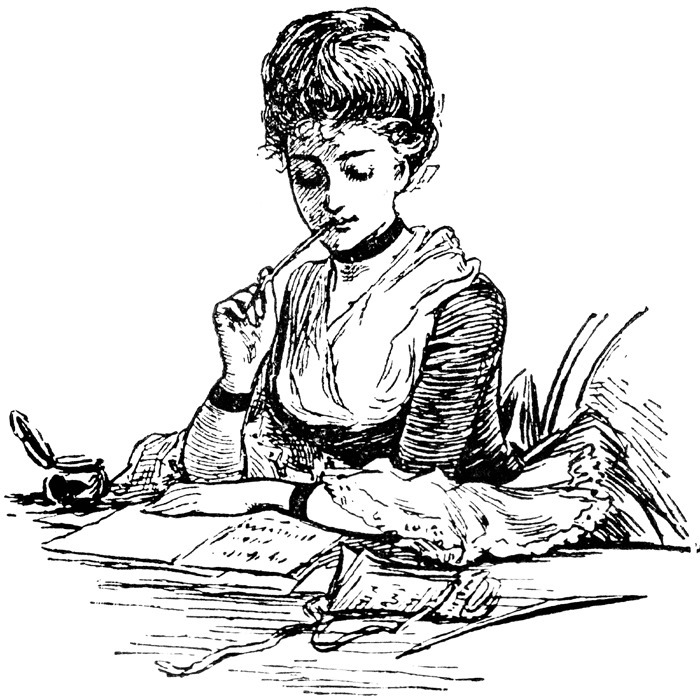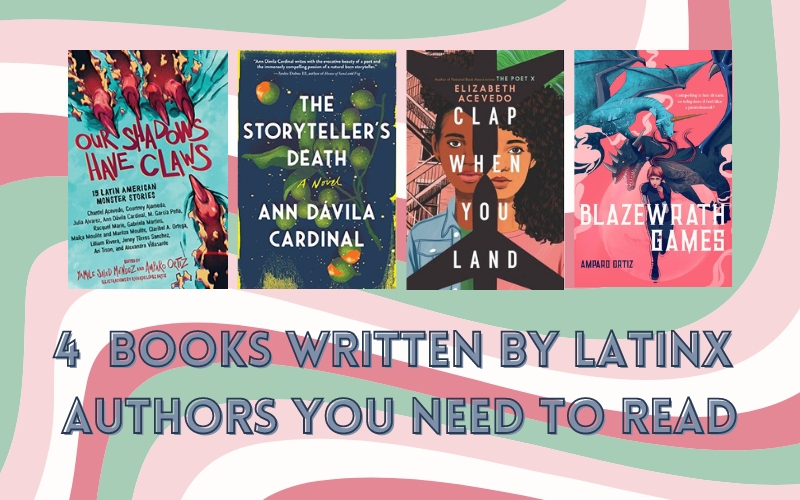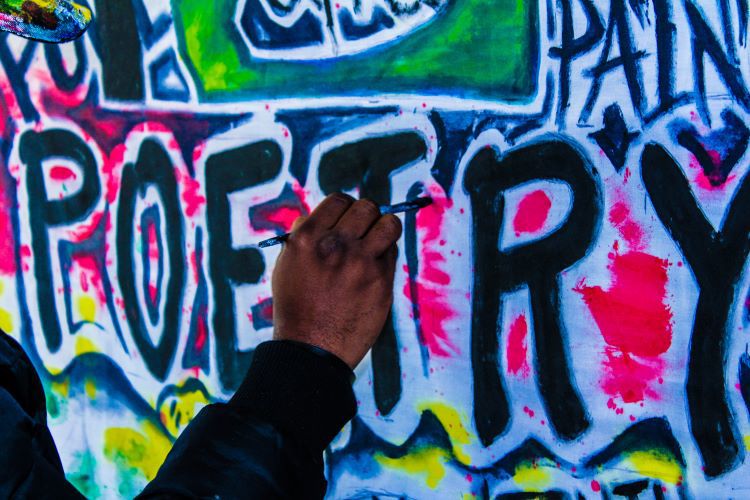Editing Poetry: A Look at The Sonnet
Is this a typo or is it just poetry? Editing poetry can appear so daunting at times because of this infamous question. Everything within a poem can seem intentional. From two em dashes in a row to a misspelled word, it can be hard to decipher what’s needed and what isn’t. However, there are poetry rules of thumb that make it a little easier to navigate a poem.





